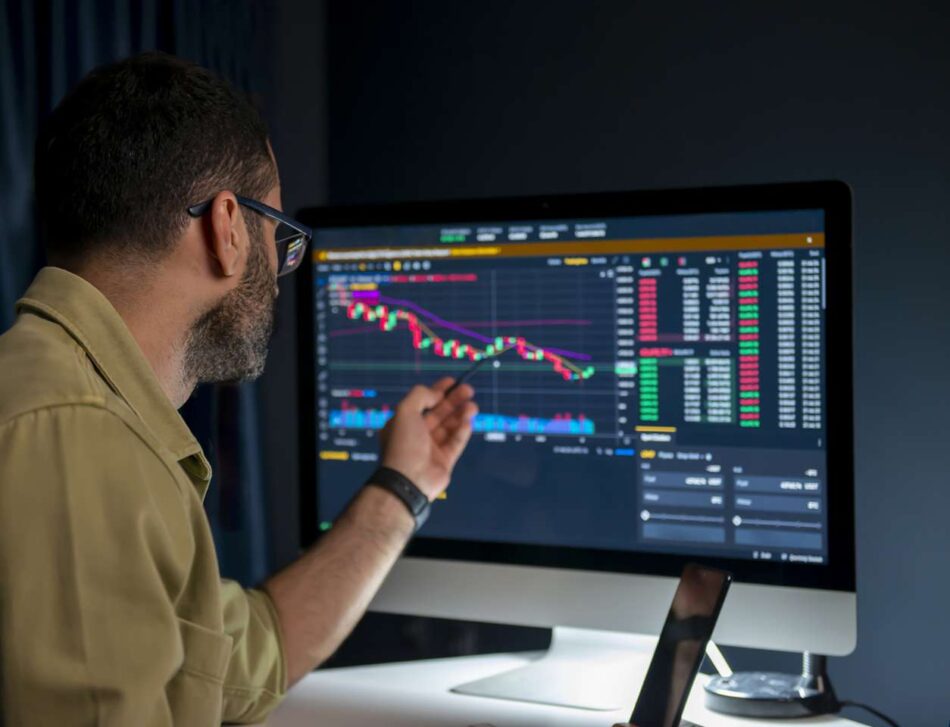Whether one is currently in the world of globalisation or in the world of global economy, foreign exchange (FX) risk is the ever-present bane to businesses of every size. Fluctuation of currency can have a severe effect on profitability, cash flow and even the competitive edge of a company.
Nonetheless, a large number of companies struggle with an unorganised or reactive management of this critical exposure. A sequential order to the FX risk management course is a must to take the FX volatility problem under control and turn it into a manageable factor instead of a risk.
Reactive FX Management: Acknowledging the Exposure
Many businesses start their FX experience as being reactive. During this early phase, one can find:
- Limited Awareness: Lack of knowledge about the nature of the different FX risks (translational, transactional, economic) and how these may affect you.
- No Formal Policy: No firm policy exists to govern the decisions of the currency exposures, and the decisions are mostly being made on an ad-hoc basis and by non-specialised individuals.
- Manual Processes: The FX transaction is usually processed manually, and this results in inefficiencies, errors and heavy usage of resources.
- Post-Mortem Analysis: A realisation of FX losses is usually noted too late after they have already affected the financial statement, resulting in a case of too late and too little.
At this level of operations, what all businesses in this stage are aiming at is to create basic awareness and be aware of the fact that proactive management is needed. Here, basic FX Exposure Management knowledge is of the essence.
Bare FX Hedging: From Awareness to Initial Action
Companies have noticed that FX risk exists, and they are making their initial but conscious steps in dealing with it. Such major features are:
New understanding: Major stakeholders accept that the bottom line is subject to FX effects:
- Bare Hedging: Basic hedging may be applied to some simple activities, possibly at spot or plain vanilla forward facilities, and generally through the conduct of some simple, definite exposures.
- Limited Policy: It may have a policy in place, which is informal or primitive, and does not have breadth or clear specifications.
- Fragmented Data: Exposure data is there but disintegrated between various departments (sales, procurement, treasury) and cannot be seen on a centralised platform.
This is the phase of getting commitment formal to FX management. Such businesses would be highly resourceful in a systematic hedge course to present basic strategies and tools.
Defined & Documented: Building Structure and Policy
The transition into Stage 3 means becoming more strategic. It is primarily about the definitions of roles and the documentation of policies, and to understand the exposures better:
- Formal FX Policy This policy should be in writing and formalise objectives, responsibilities, accepted instruments and reporting on management of FX risk. This policy will be used in all hedging decisions.
- Exposure Identification: Some processes enable the identification and quantification of the different FX exposures within the organisation. This comprises the prediction of expected foreign currency revenues and costs.
- Centralised Reporting: Attempts are undertaken to replicate exposure data on FX to give a more comprehensive picture to the treasury or the finance department.
- Companies begin to introduce more formal services on more established or likely exposures, typically using simpler instruments.
- Key Performance Indicator (KPIs): It presents the first KPIs of the FX risk management course, and it can be used to measure its effectiveness to some degree.
The firms that want to cement this step are advised to find a seminar on FX risk management course, which focuses on how policy is formulated, exposure classification methodologies and systematic hedging implementation.
Conclusion: Your Path to FX Mastery
The complications of foreign exchange risk are no longer a choice to be faced by the globally active businesses. With this 5-stage Maturity Model, an organisation will have the discipline and systematic steps to grow out of this reactive chaos into a proactive and strategic currency management. One step goes to the second one, and it is significant to stress the role of education, policy, technology, and constant improvement.
The profit is not to be lost in FX Exposure Management strategy,it’ss rather a part of the strategising, not having to rake some kind of loss but to capitalise on the tamper in long run and stability is one of the main factor where a solid training program like a FX Exposure Management hedge course wonders. Start your FX master journey now.








